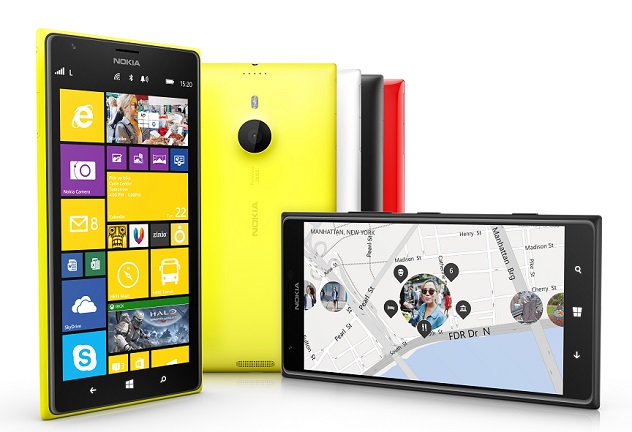There's been a lot of love for the cameras that Nokia have been squishing into their mobile phones of late. It isn't just about the 41 megapixels found in the Lumia 1020, but more about their cameras' quite impressive low-light capability, image stabilisation, and the control that the camera app affords you. With the anouncement of the Nokia 1520 and 1320 in Abu Dhabi today, has anything new been brought into play in the smartphone landscape? Let's start with introduction of a Windows phone-compatible Instagram app. Instagram is hardly new to smartphoneography and if filtered, shared photos don't float your boat, it'll hardly seem like a big deal. However, for people at Microsoft and Nokia, the lack of an Instagam app on their phones was considered to be a significant factor in holding back sales of their devices when compared against Instagram-friendly iOS and Android. The Windows phone has now been opened up to a wealth of people who might otherwise have dismissed it out-of-hand, and with it, its camera's capabilities and functionality have been pitted against those of other manufacturers.

Lots of the other toys might not bring anything revolutionary to the Lumia cameras, but they are fun and functional.
The new Refocus app isn't new to camera technology—it's the same idea as a Lytro, allowing you to refocus your images after you've taken them—and something similar is available for iPhones, with the Focus Twist app, but it is bringing more functionality to Nokia phones and giving more options to users. Refocus also allows your Facebook friends (and other socially networked people) to fiddle with your photos and interact with them.
The Beamer app and the Storyteller function are meant to make Nokia phones more interactive, too. Beamer will allow you to share photos with anyone whose screen is compatible via a via social media, email, or SMS link. Storyteller creates a temporal story of your photos, placing them on a map along with chronological notation.
Previously, there were two separate camera apps in Nokia phones: Smart Cam and Pro Cam. These have now been combined into a single Nokia Camera app, which should make shooting quicker and simpler.
But the introduction of Raw file support does signal that Microsoft/ Nokia does mean business with its cameras. If they can do it, why shouldn't or couldn't any other camera manufacturer? We're seeing the gradual adoption of larger and larger sensors into smaller and smaller camera bodies; why not the introduction of Raw files into smartphones as standard?
